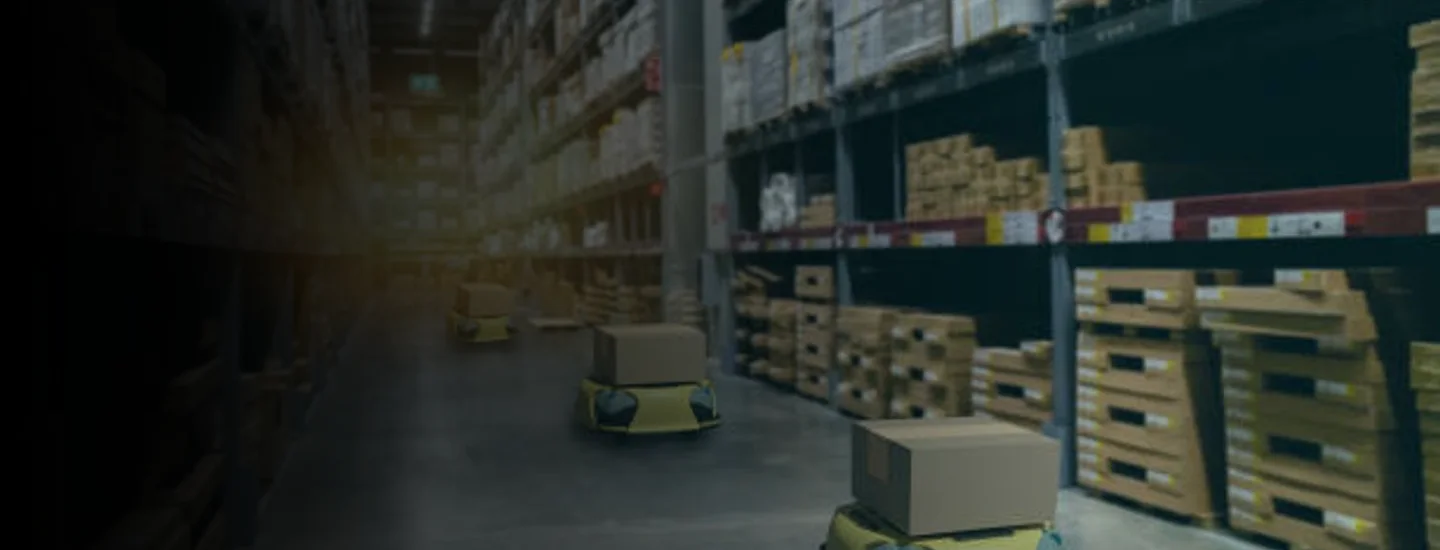In the years leading to the pandemic, business leaders warmed up to the role automation could play in addressing challenges presented by a tightening labor market, a shifting marketplace, and other factors. Taking a learn-as-you-go approach, companies installed a knowledge base, worked through the operational learning curve, and refined their change-management approach.
Fast forward a couple of years and managers no longer have the luxury of considering whether to deploy robots and automation. We have entered an era of full digitization, and automation is a necessity. A cost-efficient solution is needed to address productivity declines, widespread inflation, worker shortages, logistics disruptions, and shifting consumer demands. In the quest to achieve supply-chain resilience, robots are becoming the must-have partners.
Several trends support this shift. Automation is becoming more affordable as new solutions, including “Robotics as a Service,” become available. Additionally, advances in navigation technology and functional capabilities expand the applications where robots can be used. Retailers and other companies are using robots to marry their traditional business models with new operating strategies.
E-commerce sparks automation demand
Industrial robot orders hit a new high in 2021, with volume increasing 14% over the previous peak. Investment is widespread and driven by several sectors, including metals, life sciences, plastics, food, consumer goods, and semiconductors. Implementation is expected to continue to surge: The global warehouse automation market, for instance, is poised to grow to $27 billion by 2025, according to LogisticsIQ, representing an 11.7% CAGR since 2019.
Why are companies moving so rapidly? In a word: E-commerce.
The direct-to-consumer model affects most industries and raises the stakes for order fulfillment speed, precision, and execution to increase productivity and cut costs. Several retailers, for instance, are competing with aggregators like Amazon to offer exponentially more online sales inventory, boosting the need for additional e-fulfillment centers placed closer to the customer. Grocers have also shifted to micro-fulfillment, with delivery on-demand demonstrating shifting consumer preferences.
To re-position their businesses, many sectors are now re-designing their supply chains to place inventory and infrastructure closer to their end customers. This transformation allows many to think about greenfield facilities as a blank slate—driving facility and operational design that is digitally-native from inception. As these firms move through the learning curve, they are likely to deploy the learnings and capabilities built during this transformation into other portions of their legacy networks.
Effectively meeting customer demand in this era requires automation-enabled advances in the following areas:
- Throughput. Automation cuts the time needed to process an order
- Dispatch time. Reducing dispatch times allow for later delivery cut-off times for next-day or one-day deliveries
- Stock volume. Efficiency in handling of stock, in turn, allows companies to operate larger volumes and ranges of stock. This is a key growth driver
- Cost reduction. Investing in automation can substantially reduce labor costs
- Precision. Mis-picks can be costly, creating a chain of expenses related to shipping an item back, re-processing it, and decreased customer satisfaction
AI, smart technologies support the surge
The evolution of equipment is helping support the surge. Leading providers have moved from bleeding-edge early-stage developers to global leaders in automation equipment manufacturing. Large systems integrators, meanwhile, have partnered with multiple advanced technology players to offer turn-key solutions that meet even the most complex customer requirements.
Design, implementation, and support have improved, bolstering confidence in performance and returns and lowering risk.
Artificial intelligence is a key factor in this evolution. The amount of data and ease with which it is analyzed will be a catalyst for the utility and ubiquity of robotics. The use cases are growing, and include robotic transportation systems, sorting, packaging, picking, and palletizing.
Warehouse robotics includes several solutions. Automated storage and retrieval systems help automate inventory management; picking robots deliver items to picking stations; automated guiding vehicles transport materials, supplies, and inventory; autonomous mobile robots use maps and sensors to act more independently; “cobots” help human workers perform diverse tasks; and robotic limbs lift items in the warehouse and perform receiving functions.
Furthering the case of automation
As costs related to labor, space, and retention soar to record levels, automation’s investment economics became more attractive and accelerated payback periods to levels that were unthinkable even three years ago. The emergence of maturing OEM leaders has helped technology become more affordable – both for equipment and implementation.
An important innovation is “Robotics as a Service,” an alternative to purchasing that limits the amount of capex required to introduce new automation into operations. Many mature automation applications are now offered through master service agreements, which allow the customer to increase or decrease the equipment in their operations as their business moves through seasonal and promotional spikes that define the business cycle.
Labor challenges, inflation, and the rise of e-commerce have made investment in automation necessary. That is no longer a question. But, how can businesses know what solution is best? Check back for part 2 of this series for our roadmap on how to approach the selection of the right automation solution.

